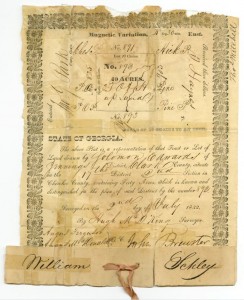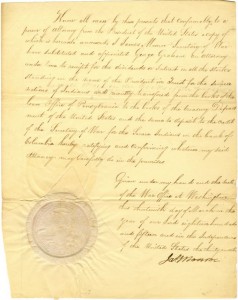Newspaper buildings have been an ever-present part of Georgia’s city landscapes large and small for over two centuries. These structures are not only a source of local news but are also an integral part of their communities. Below is a collection of some of the most interesting historical newspaper buildings in the state and a bit about the stories behind them. The newspapers highlighted can all be found on the DLG’s Georgia Historic Newspapers website.
Savannah Morning News Building
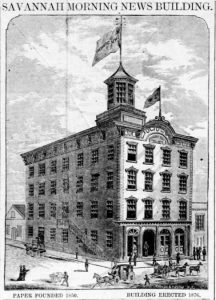
The Savannah Morning News building on Whitaker Street was completed in January 1876. The eighty-eight-foot tall structure featured a granite face and a cupola for visitors with a view of the harbor. Communication between the floors was handled with sound tubes and dumb waiters. The printing presses were located in the basement of the building, with the editorial rooms and a composing room on the fourth floor. The building is today home to luxury condominiums and the Savannah Morning News is now headquartered on Chatham Parkway.
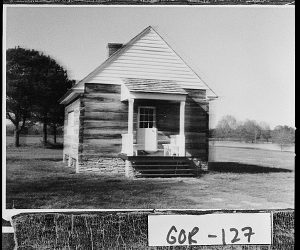
The Cherokee Phoenix, the first newspaper published by Native Americans in the United States, was produced at this print shop in the Cherokee capital of New Echota from 1828 to 1834. Editor Elias Boudinot innovatively printed newspaper articles in both English and Cherokee. The type utilized at the shop had to be custom made and was the first of its kind. In 1835, Georgia claimed Cherokee territory and seized the Phoenix printing press at New Echota. The Cherokee people were forcibly removed from the area by the decade’s end. A restored version of the building now stands as part of the New Echota State Historic State near Calhoun, Georgia.
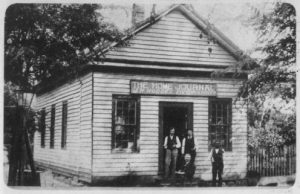
This photograph of the original Houston Home Journal building on Carroll Street and Washington Avenue in Perry, Georgia was taken around 1907. Editor John H. Hodges is seated in front. To his right is printing press operator Bill Harrison and standing behind Hodges are printers Mac Rainey and Dan Bateman. The streets outside of the building were lit by kerosene oil lamps, which are visible in the photograph. The Home Journal ran its office out of the wood frame building for over sixty years before relocating to an adjacent lot in the 1930s.
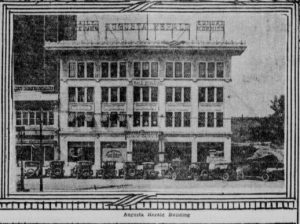
The Augusta Herald Building was constructed in 1917 after the destruction of the paper’s previous building in a fire a year earlier. Architect G. Lloyd Preacher designed the four-story structure in the Italian Renaissance Revival style. It was constructed at a cost of $150,000 and was made of concrete to make it fire-proof. The printing plant was located in the rear of the building behind the offices. The structure is still located at 725 Broad Street and today serves as the headquarters for Morris Communications.
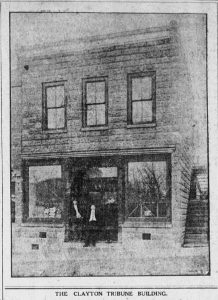
In the early twentieth century, the Clayton Tribune published with a hand-operated press out of the second floor of this building on Savannah Street. The first floor housed a restaurant called the City Cafe. The establishment boasted a soda fountain, with magazines, candy, and cigars for sale. Meals ranged in cost from five to fifty cents and included oyster stew. The year after this photograph was taken the building was fitted with electric lighting for the first time.


